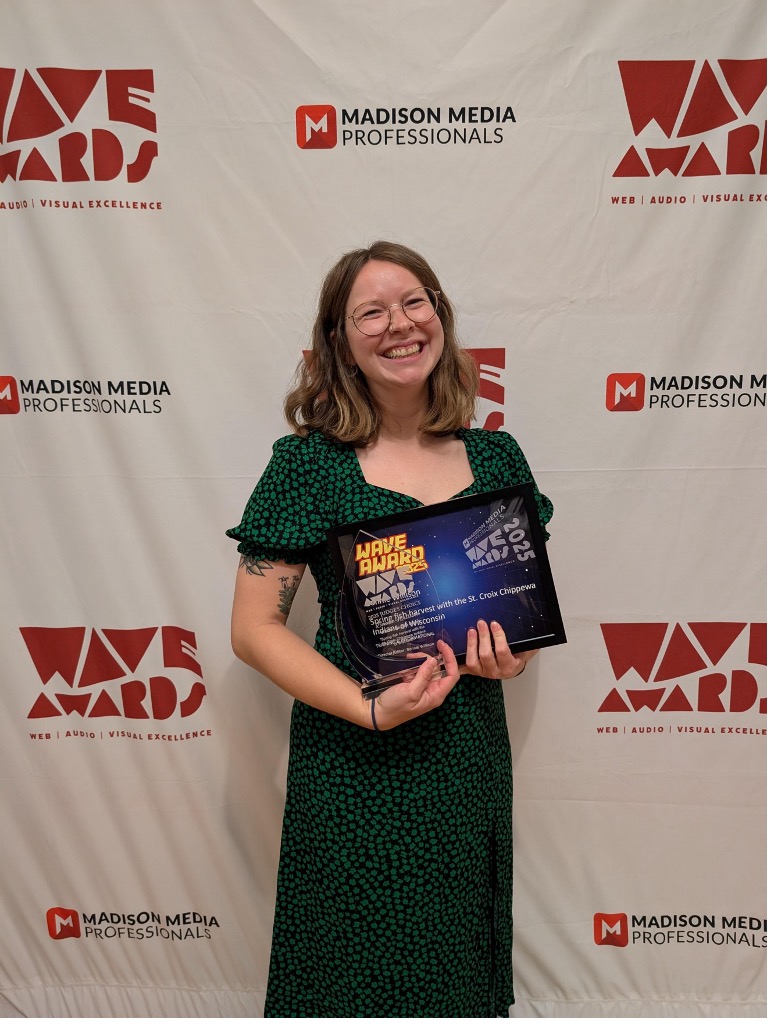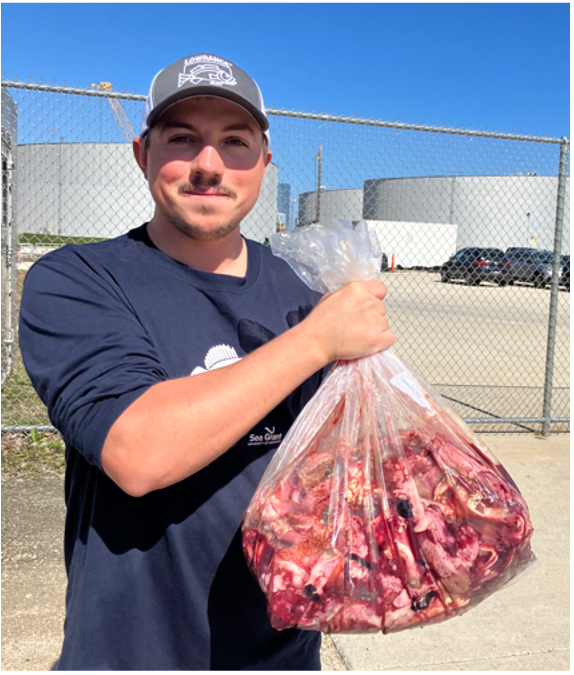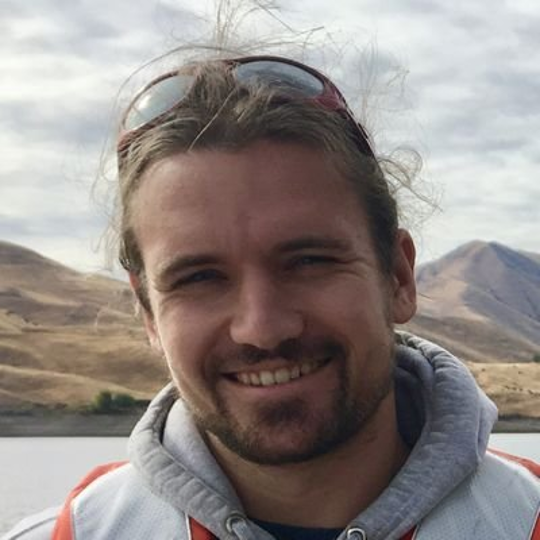So you want to start a fish farm, jump in with both feet to the burgeoning world of aquaculture in Wisconsin.
That’s great. But first, you’ll have to answer an obvious question: Where are you going to build and operate it? Put your ponds and tanks just anywhere, and you’re likely to be out of business within the first couple of months. Wouldn’t it be helpful if there were a tool that showed you the optimal location to set up shop?
By the end of this summer, there will be. Backed by funding from University of Wisconsin Sea Grant, Allen Brandt, a 25-year old graduate student at the University of Wisconsin-Stevens Point, has spent the last two-plus years developing a geographic information system (GIS) tool that does just that.
The idea came from Chris Hartleb, professor of fisheries biology at UW-Stevens Point and a UW Sea Grant-funded researcher. Hartleb noticed that other industries were using GIS as a planning tool.
“It begged the obvious question,” Hartleb said. “Has aquaculture done this?”
Hartleb and Brandt were startled to discover that, in the United States, the answer was largely “no.” Outside of rudimentary efforts in Louisiana and Arizona, no other U.S. state was using GIS to plan aquaculture farm locations. So the pair partnered with the GIS and Groundwater Centersat UW-Stevens Point, and got to work.
What they’ve developed is a multilayered map that applies data filters for a variety of key factors that determine the success of a fish farm, including land cover, land use, surface water availability, water quality and population. There’s also a filter that shows the current locations and years of operation of Wisconsin fish farms. In this sense, the map offers a predictive function of longevity of operation based on key parameters.
“The advantage of this approach is that it allows you to take a variety of data sources and create this combined view,” said Hartleb. “Anyone will be able to type in a location, and it’ll show the criteria and a score for the site—is it optimal or not?”
Collecting the data that fuels the map’s filters wasn’t a quick drink of water. Over the past two years, Brandt contacted all 72 Wisconsin counties to obtain water-quality data. That effort led to the project’s greatest surprise.
“It was eye-opening to realize how inconsistent the data was,” said Brandt. “Some counties had incredible detail, and others had information that was sparse—or nonexistent.” The data Brandt collected accounts for several water qualities crucial to aquaculture, including the alkalinity, hardness and pH levels of the available water.
The map tool also filters out private land that’s already owned and public land that’s unavailable due to federal and state regulations—for instance, under Wisconsin state regulations, it’s illegal to construct a fish farm near a stream.
“It’s dramatic to see how much land disappears when you apply a few key filters,” said Hartleb.
Brandt presented his preliminary work at the Wisconsin Aquaculture Conference last February, where it was well received. Hartleb, meanwhile, has already received queries from zoning and planning committees in three Wisconsin counties interested in using the map once it’s live—they’re hoping to use it to encourage new fish farms to open up and bolster their local economy.





